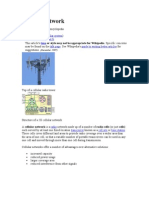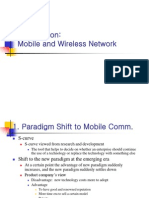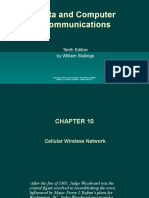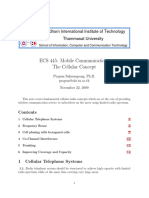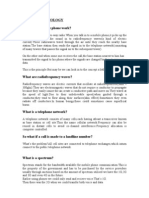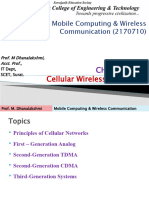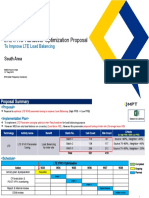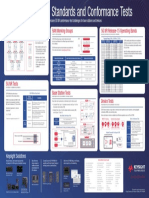0% found this document useful (0 votes)
81 views8 pages(English) Understanding Spectrum! - ICT #6 (DownSub - Com)
The document explains the significance of the electromagnetic spectrum in mobile communication, highlighting its limited availability and the need for unique frequency ranges for each user. It discusses how cellular communication utilizes various techniques, such as frequency modulation and multiple access methods, to efficiently manage the spectrum and accommodate billions of users. Additionally, it outlines the role of government agencies in regulating and auctioning spectrum resources to telecommunications companies.
Uploaded by
mariiakulchenko293Copyright
© © All Rights Reserved
We take content rights seriously. If you suspect this is your content, claim it here.
Available Formats
Download as TXT, PDF, TXT or read online on Scribd
0% found this document useful (0 votes)
81 views8 pages(English) Understanding Spectrum! - ICT #6 (DownSub - Com)
The document explains the significance of the electromagnetic spectrum in mobile communication, highlighting its limited availability and the need for unique frequency ranges for each user. It discusses how cellular communication utilizes various techniques, such as frequency modulation and multiple access methods, to efficiently manage the spectrum and accommodate billions of users. Additionally, it outlines the role of government agencies in regulating and auctioning spectrum resources to telecommunications companies.
Uploaded by
mariiakulchenko293Copyright
© © All Rights Reserved
We take content rights seriously. If you suspect this is your content, claim it here.
Available Formats
Download as TXT, PDF, TXT or read online on Scribd
/ 8
































